Planning for Net Zero

Putting roadmaps in place to reduce the carbon intensity of heat in our schools will be critical for our Net Zero future, says Neville Radford, National Education Sector Manager at Baxi. The building services industry has a pivotal role to play in helping school estates managers map out their sustainability journey.
Decarbonising heat across all sectors, including education, is central to the government’s strategy for 2050 Net Zero. With the educational estate accounting for 36% of total UK public sector building emissions, helping school estates managers accelerate decarbonisation across their building stock will be vital to deliver on our target.
But the scale of the task can seem both huge and daunting: England alone has more than 24,000 schools (excluding nurseries), most of which still rely on gas boilers for heat. For this reason, support from building services professionals will be
invaluable in helping school estates managers identify the opportunities to decarbonise and set about plotting roadmaps for their buildings. Let’s consider the challenges and opportunities.
Core challenges
Sustainability has risen up the school agenda with the Department for Education (DfE) requiring all schools to have a dedicated Net Zero lead and a climate change plan in place by this year. However, with concerns that only 20% of England’s schools estate will be Net Zero compliant by 2050, action is needed – and fast. As heat is usually the largest and most expensive energy user in schools, the system is an
obvious target for energy, carbon and cost savings.
Ultimately, the goal is to move to an all-electric heating system. Typically, this will involve replacing existing gas boilers with heat pump technology. And rightly so, as heat pumps can provide a highly efficient, sustainable method of supplying low carbon heating or hot water requirements. However, moving from gas boilers to heat pumps can be a complex process, even with the availability of high temperature air source heat pumps (ASHPs) like our Auriga HP+ range. Affordability, available budget, time, space and electrical capacity, as well as running costs, are just some of the frequent refurbishment challenges.
So how can we in the building services sector help?
Optioneering
Before embarking on a project to move from gas boilers to ASHPs, it’s important to help school estate managers understand the options for decarbonisation in their buildings and the implications of each to avoid any unexpected surprises further down the line. In order to do this, we need a full understanding of the existing heating system and real measured data from the building. Experienced solutions providers will then be able to work with consultant engineers and designers to engineer a series of solutions, simulating the energy, carbon, capital and operational expenditure of each. These can then be built upon to improve the outcomes within the project parameters.
Ultimately, this will help school estates managers choose the most appropriate option and avoid any unexpected surprises.
Questions to ask at this stage that could influence the decision include:
- Does the budget allow for 100% of the required heating power to be via ASHPs?
- Is there sufficient electrical capacity?
- Is there adequate space to allow for the new ASHPs to be installed?
- Have any factors been considered to offset the potential higher running costs from increased electricity usage, such as solar PV?
Detailed solution and cost plan

A detailed solution can then be put in place and any funding options assessed. As not all school estates managers will be aware of the funding opportunities available to them and the eligibility criteria, this is an area where our industry can provide real value. Having an accurate cost plan is crucial when applying for funding as it will make the process more straightforward and remove the risk of underestimating the total funding required. The more detailed the plan, the better the chance of defending the specification and design while ensuring the solution performs as intended. The more likely too that the project will stay on schedule. This is important as any major refurbishment projects currently need to be completed during the six-week window of opportunity in the summer holidays.
Where increased electrical demand is required, applications to the Distribution Network Operator should be made at the early stages so that the electrical infrastructure suitability can be assessed for the increased electrical load requirements. This will enable any potential upgrade works to be planned in advance to avoid possible delays and keep the project on track.
Hybrid approach
In harder-to-treat school buildings where the existing building thermal envelope cannot be improved, schools might consider adopting a hybrid system.
This approach, which combines boilers and heat pumps, is nearly always fast, affordable and efficient. As even a modestly sized heat pump will enable a large portion of the heat in the building to be decarbonised, a hybrid system can be a more commercially and technically viable solution, particularly in schools with complex refurbishment challenges.
While this approach would leave some reliance on gas boilers, only partially decarbonising the peak load, these can be swapped out at a later stage for full decarbonisation.
The aim should be to maximise heat pump contribution performance where possible, while taking all project limitations into account. Involving your solutions provider of choice from the outset is advisable as they can provide guidance on these aspects so that the system is designed to maximise the efficiency of both technologies.
Take it off-site
Concerns about the extent of the challenge? For Local Authorities and Multi-Academy Trusts looking to accelerate heat pump retrofit across a series of school buildings, it may be beneficial to consider using prefabricated solutions.
Prefabricated heating solutions have risen in popularity in recent years. This is due to their ability to meet the more rigorous performance targets for heating and hot water provision more efficiently and effectively while significantly reducing on-site installation time. However, an added advantage of prefabrication is standardisation, which enables us to pre-engineer heating solutions that can not only be produced and installed faster but customised to meet the output requirement of the building.
A good example for schools is a packaged energy centre. This might contain a combination of plant and accessory modules in a standardised layout, connected to external mono-block air to water heat pumps or evaporators connected to split system heat pumps within the energy centre. The energy centre could include a boiler cascade kit, buffer vessels, control panel and field instrumentation, circulating pumps and pipework, as well as accessories such as air/dirt separators, a dosing pot, expansion vessels and a plate heat exchanger for hydraulic separation. The capacity can be easily adjusted and sized to meet the load and output requirements of the different school buildings.
Using a configurable controller to bring the various modules and components together, the standardised energy centre becomes a configurable, integrated heating solution for the various applicable system designs.
Such a solution offers schools the opportunity to scale up heat pump retrofit across the estate, with increased standardisation ultimately leading to lower costs. Production, delivery lead time and material waste are reduced, maximising installation efficiency.
Quality assurance is high as the process involves manufacturing to specification in a factory environment, using specialist machinery and under improved control procedures. Pre-testing and commissioning also help eliminate any perceived risk factor relating to decarbonisation. And with one point of contact for the whole system, the potential for delay is hugely reduced, helping keep the project on schedule by avoiding any last minute hitches.
Plotting pathways
As schools consider boiler replacement projects, understanding the various options and techniques for decarbonising their heating systems and the impacts of each is vital. With early engagement with designers, consultant engineers and contractors, we can explain the options clearly in a step-by-step process and help break down the complexities. Working together, we can help schools to plot their Net Zero pathway and provide them with the appropriate solutions, techniques and support to keep them on track with their climate goals.







